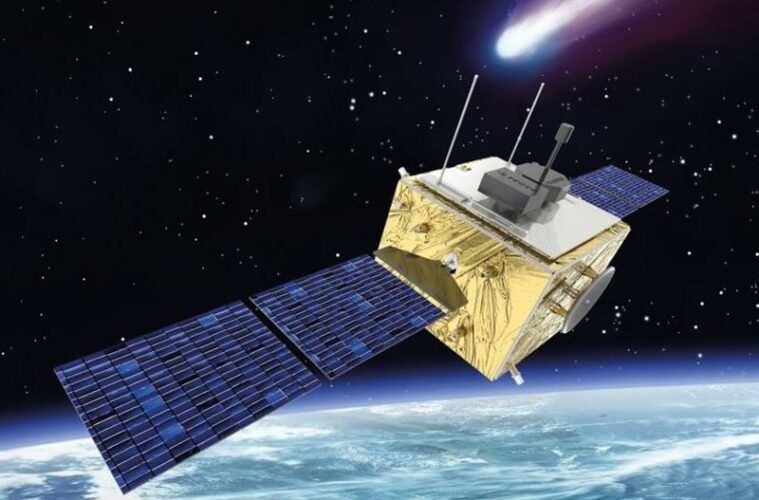US Air Force Spacecraft Will Beam Solar Power to Earth
Article by Caroline Dlbert December 30, 2020 (popularmechanics.com)
• Cutting edge solar panels on Earth – prototypes developed by scientists for research, not the commercial ones you can readily buy – operate at around 30 to 40 percent efficiency. But if these solar panels operated above the clouds in space, the efficiency would be far greater. As CleanTechnica’s Tina Casey writes: “There are no clouds to block or even reduce solar panel efficacy. They can pivot, maybe even completely freely, to maximize exposure to more sun over a longer time each day. The sunlight is more potent outside of Earth’s atmosphere.”
• In December, the US Air Force Research Laboratory unveiled ‘Helios’ – a component part of the Space Solar Power Incremental Demonstrations and Research (SSPIDR) project – that will be launched into space on the Arachne spacecraft in 2024. The Helios component will gather power for other spacecraft as a fueling station in space.
• Arachne/Helios also serves a working model of an emerging technology that can convert solar energy to radio frequency (RF) power, transmitting that energy to the Earth, and converting it to usable power. “Solar is critical to our long-term spaceflight plans because of its plentiful and completely renewable nature,” says Casey. “We’ll likely learn a great deal from the use of solar power in space and then… extend to Earth.”
• The logistical challenge is to get the solar panels positioned into space. But the technology to “beam” power is pretty established at this point, relying on directed mirrors and receiver panels that focus energy into beams that act as wireless wires through the air. The right kind of solar panels paired with storage could periodically beam power to specific places without losing notable energy.
 Beaming solar power from outer space sounds like a Marvel movie plot, but space could remove barriers
Beaming solar power from outer space sounds like a Marvel movie plot, but space could remove barriers to solar acceptance that dominate the Earthbound discourse.
to solar acceptance that dominate the Earthbound discourse.
Could the secret to our energy future be solar panels above the clouds, or even above the Karman line altogether?
Besides the logistical challenges of even getting solar panels up in space, the benefits are pretty airtight, as CleanTechnica’s Tina Casey writes. There are no clouds to block or even reduce solar panel efficacy. They can pivot, maybe even completely freely, to maximize exposure to more sun over a longer time each day. The sunlight is more potent outside of Earth’s atmosphere.
Right now, even the best solar panels are reaching something like 30 to 40 percent efficiency, and these are mostly cutting-edge prototypes developed by scientists for research—not the ones you can readily buy.

That means the huge advantage of higher-up sunlight would directly translate, perhaps even to the difference between

feasible solar and not. Again, though, this is without the logistics of putting panels into space.
And the technology to “beam” power is pretty established at this point, relying on directed mirrors and receiver panels that focus energy into beams that act, basically, like wireless wires through the air. The right kind of solar panels paired with storage could periodically beam power to specific places without losing notable energy.
Earlier this month, the Air Force Research Laboratory unveiled a component coyly named Helios (after the original Greek sun god) for its forthcoming Arachne spacecraft, the main part of the Space Solar Power Incremental Demonstrations and Research (SSPIDR) project. Arachne will launch in 2024.
Helios will gather power for other spacecraft, making it an essential research piece as well as proof of concept for some big ideas NASA has about traveling to the moon and subsequently to Mars.
FAIR USE NOTICE: This page contains copyrighted material the use of which has not been specifically authorized by the copyright owner. ExoNews.org distributes this material for the purpose of news reporting, educational research, comment and criticism, constituting Fair Use under 17 U.S.C § 107. Please contact the Editor at ExoNews with any copyright issue.
